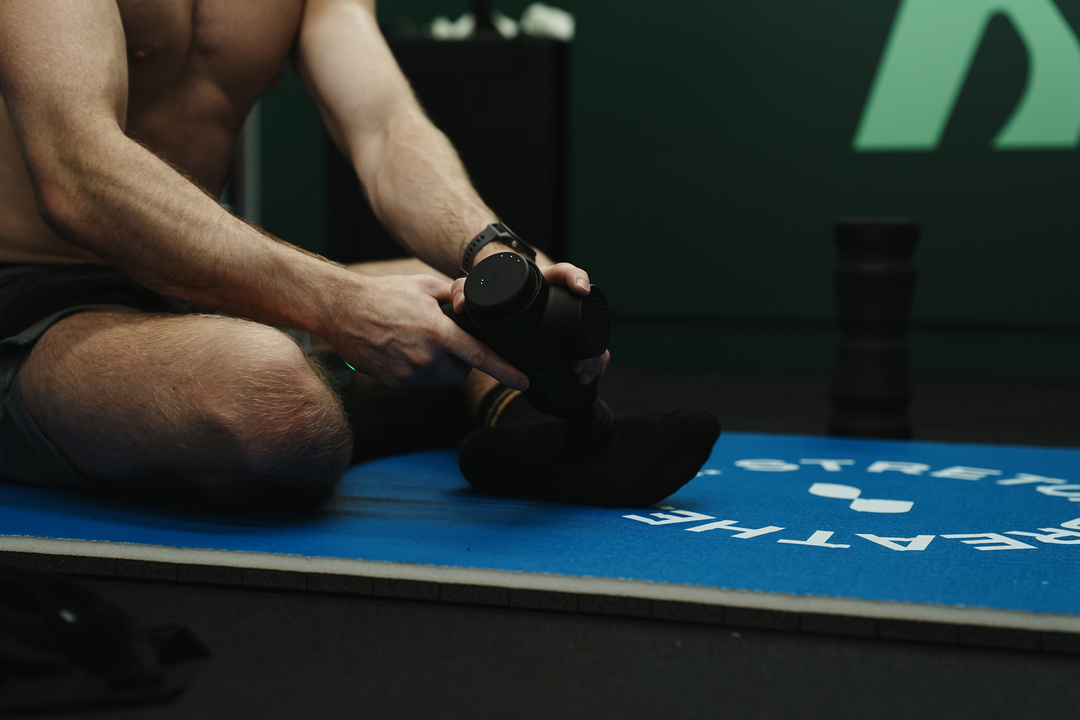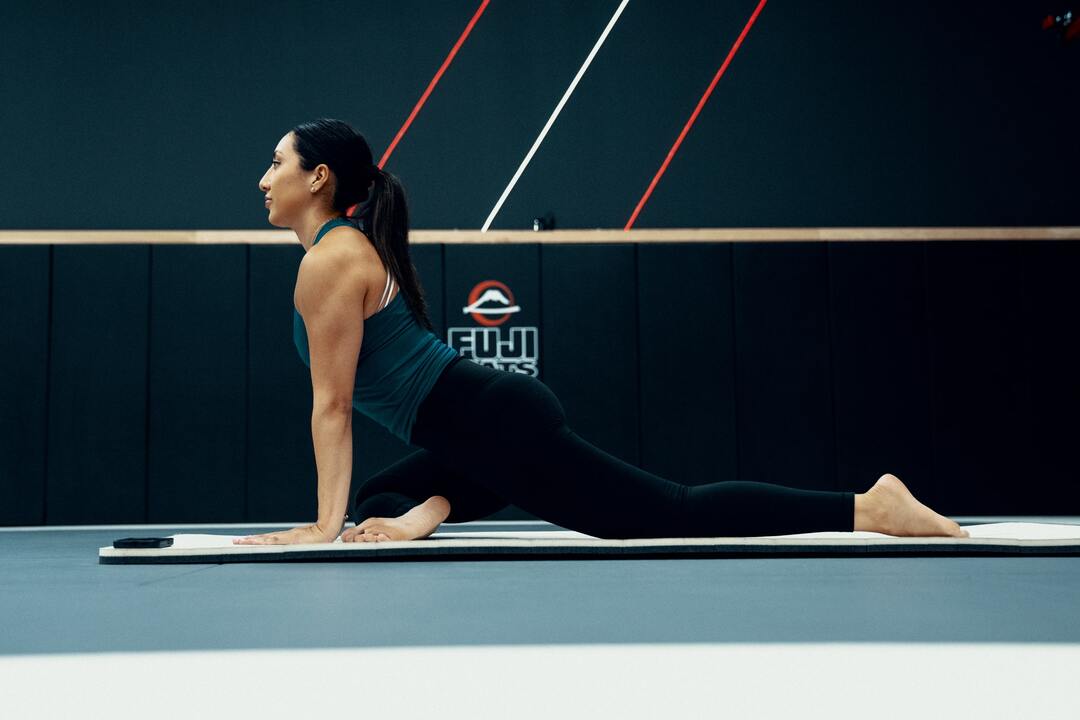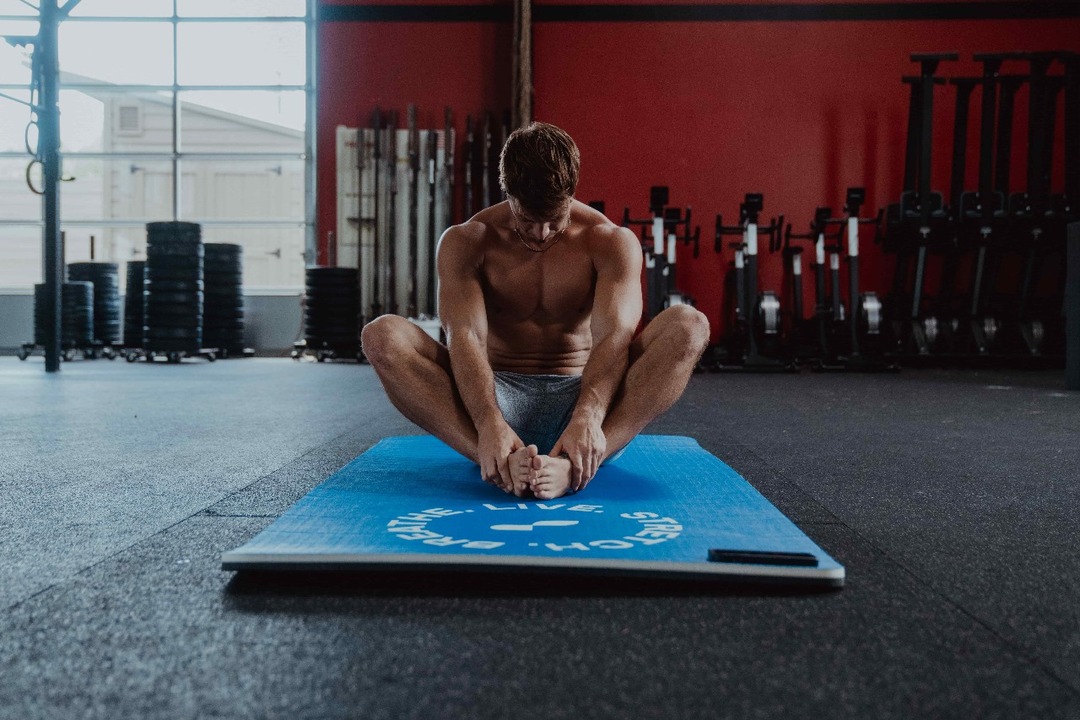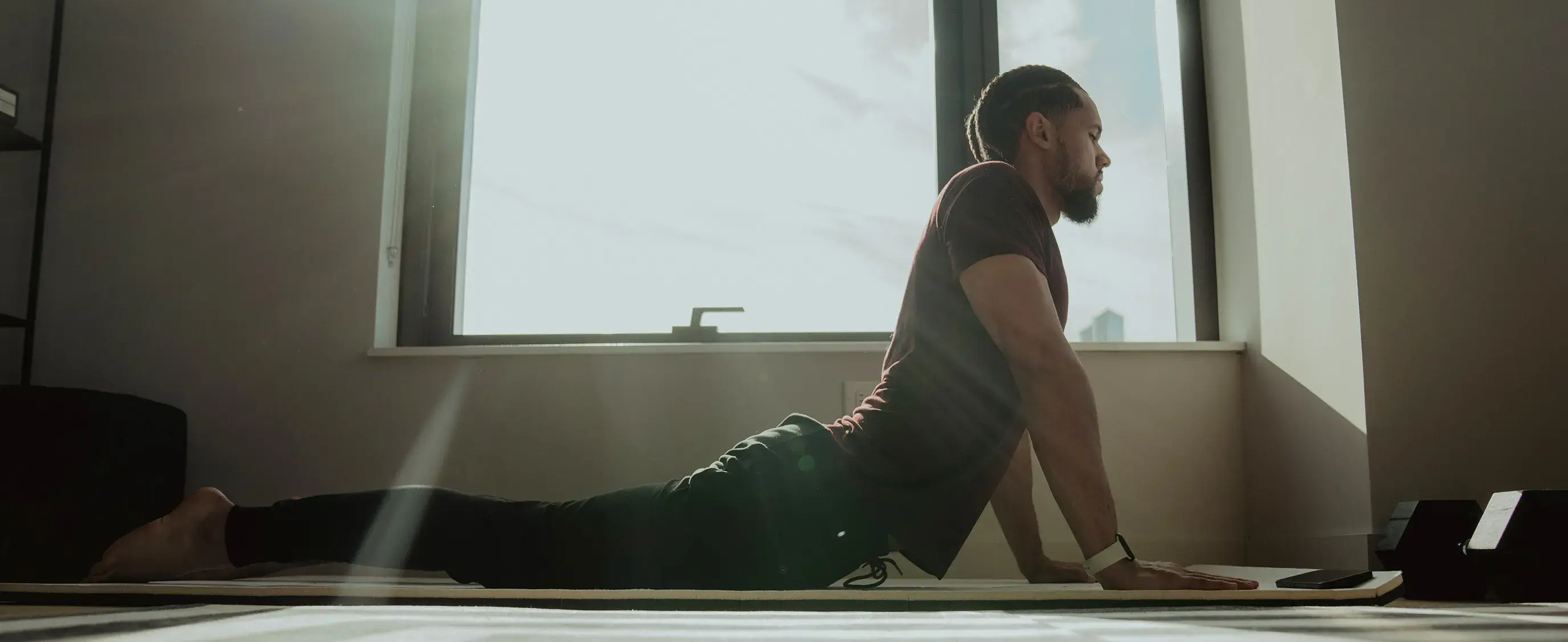Few things can derail your training or your daily routine than a knee injury. The medial collateral ligament (MCL) plays a key role in keeping your knee stable, especially during quick turns, twists, and impacts. When it’s strained or torn, recovery can take weeks or even months, keeping you off the field, out of the gym, or away from the activities you love. The good news? Most MCL injuries are preventable. By understanding how these injuries happen and taking a few smart steps to strengthen and protect your knees, you can stay active, confident, and pain-free—without costly downtime. So, How to Recover Quickly From a Workout?
Pliability's mobility app turns those steps into guided programs with short mobility flows, targeted strength work, and progress tracking, helping you stay consistent and keep training, performing, or working without interruptions from knee pain.
Summary
- The MCL is the inner knee stabilizer, measuring about 8 to 10 centimeters and accounting for roughly 40 percent of knee ligament injuries, making it a central target for routine prevention and screening.
- Most MCL tears result from a sudden valgus force or awkward twist, and about 80 percent of MCL tears occur alongside other ligament injuries, so assessments should check for multi-ligament damage rather than assuming an isolated problem.
Tear severity drives recovery timelines, with clinical guidance showing healing can span about 2 to 8 weeks, and grade III injuries typically require structured rehabilitation of roughly 6 to 8 weeks. - Focused neuromuscular training substantially reduces risk, with a 2025 meta-analysis reporting up to a 50 percent drop in knee injuries when drills are performed about three times per week for eight to twelve weeks.
- Balanced, progressive strength work matters, since regular strength training is associated with a roughly 30 percent reduction in MCL injury risk, and practical load management recommends increasing cutting volume or intensity by no more than 10 percent per week.
- Rehab should be measured, not assumed, because about 90 percent of MCL tears heal nonsurgically, and objective benchmarks like near-symmetric strength and clean single-leg squats for 20 to 30 repetitions provide more explicit clearance criteria than time alone.
- Pliability's mobility app addresses this by offering guided short mobility flows, targeted strength sessions, and progress tracking to make objective rehab milestones and consistent practice easier to implement.
What is an MCL (Medial Collateral Ligament) Injury?
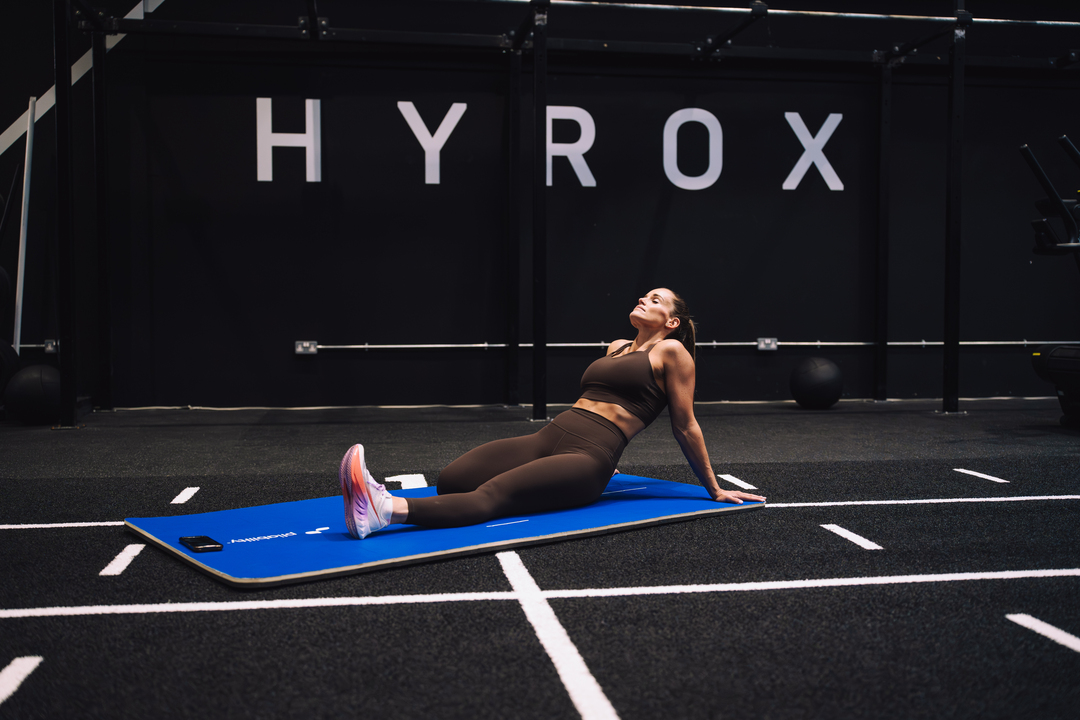
The medial collateral ligament, or MCL, is the strong band on the inner side of your knee that links the thigh bone to the shin and resists forces that push the knee inward, keeping the joint stable during side-to-side movement. Damage happens when that protective tension is overloaded, whether by a direct blow, an awkward twist, or forcing the knee past its normal range.
Where Exactly Is the MCL, and What Does It Do?
The MCL runs about eight to ten centimeters along the inside of the knee, attaching the femur to the tibia and working with the other three major ligaments to control motion and stability. Think of it like a guy wire on a radio tower, holding the structure steady against lateral forces; without it, the tower—or your knee—can sway and fail to track correctly. Because it bears valgus load, the MCL also helps absorb the shock when you:
- Change direction
- Land from a jump
- Take a lateral hit
How Do MCL Injuries Usually Occur?
Most MCL injuries result from a single event in which the knee is forced inward, such as:
- Outside tackle in football
- Fall while skiing
- Awkward pivot on the court
Contact, Twisting, and Repetitive Strain
They also occur from noncontact twisting when the foot is planted and the body rotates. I’ve treated weekend athletes who sustained classic MCL tears after one play, and I’ve worked with skiers whose knees collapsed after a fall, so the mechanism is often abrupt and external. Repetitive low-level strain can also weaken the ligament over time, making a sudden flare-up more likely.
How Are MCL Tears Graded, and What Does Each Grade Mean for Recovery?
- Grade 1, mild sprain: A few stretched or torn fibers, minimal laxity, localized tenderness, and usually manageable pain during activity.
- Grade 2, partial tear: A greater number of fibers are torn, the knee feels loose when moved by hand, and swelling or sharp pain is common.
- Grade 3, complete tear: The ligament splits through, the knee is markedly unstable, and other structures like the ACL are often injured at the same time.
Recovery timelines vary by grade, because healing and the need for surgery change the plan; the typical recovery window ranges from short conservative programs to longer, structured rehab when instability is present.
From Conservative Care to Prolonged Rehab
This range is reflected in clinical guidance showing recovery can span two to eight weeks according to Medial Collateral Ligament Injury of the Knee: A Review on Current Concept and Management, 2021-05-01, 2021. Meaning, milder injuries usually resolve with conservative care, while more severe cases need prolonged supervised rehabilitation.
How Common Are MCL Injuries Compared with Other Knee Ligament Problems?
The medial collateral ligament is a frequent casualty in knee trauma, accounting for roughly 40% of knee ligament injuries, indicating that this is not a rare or minor issue but a central component of knee injury patterns that clinicians and coaches must address. This prevalence explains why prevention strategies, from strengthening and neuromuscular training to proper bracing and movement retraining, should be routine for athletes in contact and pivot sports.
Gaps in Traditional Athlete Rehab
Most teams handle early rehab with rest, ice, bracing, and progressive physical therapy because it is familiar and effective for many patients. As demands on athletes rise, though, that approach leaves gaps: return-to-play decisions become subjective, rehab dosing varies, and missed sensorimotor deficits increase re-injury risk.
Standardizing Rehab with Objective Metrics
Solutions like Pliability provide guided progressive loading plans, objective motion metrics, and remote monitoring, helping clinicians standardize rehab protocols and reduce uncertainty about when to advance strength or clear an athlete for sport. The following section will show how your feelings in the first 24 hours can mask what really matters in recovery.
Related Reading
- Why is a Recovery Period Between Bouts of Exercise Important?
- Signs of Injury
- Hip and Knee Pain
- Why Do the Insides of My Legs Hurt When I Run
- Deadlift Back Pain
- Signs of Overtraining Cycling
- Deloading Week
- How Do You Know if You Tore Your ACL
- Injuries in Weightlifting
What are the Symptoms of an MCL Tear?
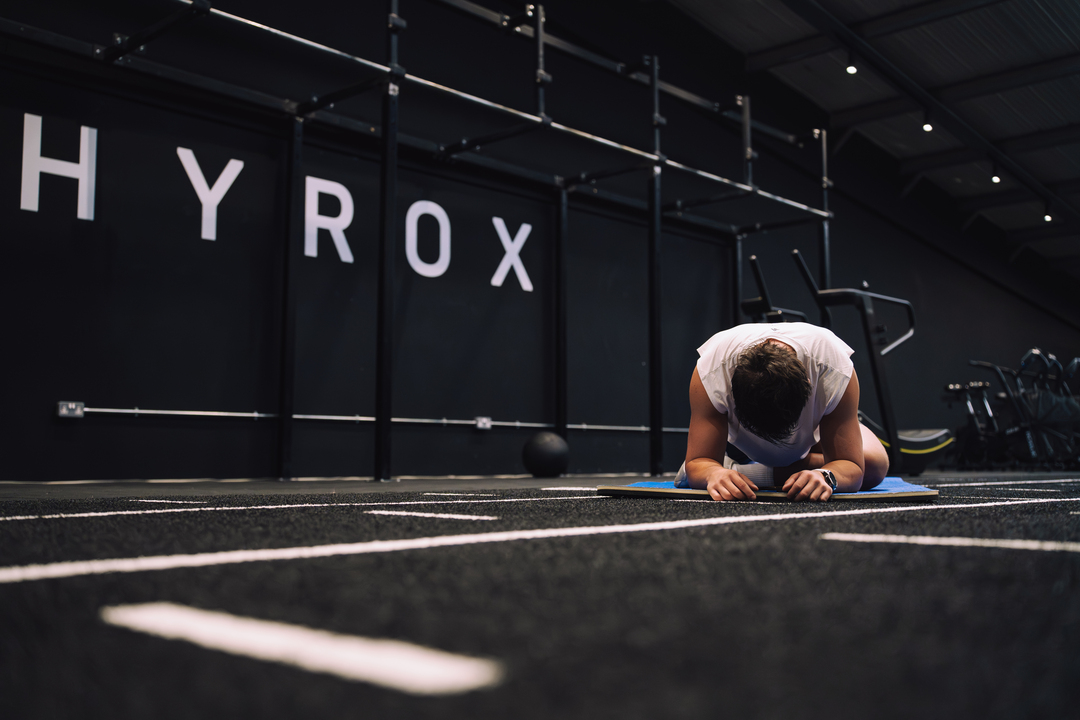
You will most commonly feel sharp, localized pain on the inside of the knee, swelling and tenderness, and a sense that the joint is less reliable; those sensations range from an ache with activity to sudden instability that prevents normal movement. Get a professional exam and imaging when possible, because the same symptoms can come from different structures, and the proper treatment depends on the exact problem.
What Will I Feel Right After the Injury?
Right at the moment of injury, you may hear or feel a pop, then pain that settles along the medial (inner) side of the knee. Within hours, the area often stiffens and swells, and bruising can appear on the inside of the knee. Some people describe a catching or locking sensation when bending or straightening the knee, like a hinge with grit; others report only tenderness and soreness that worsen with side-to-side pressure.
How Do Symptoms Change with Severity?
Milder strains tend to feel like persistent soreness with walking and other physical activity, and they usually improve quickly with rest. As the damage becomes more pronounced, pain intensifies, swelling increases, and you notice a loss of confidence when stepping or cutting. Severe injuries commonly produce a clear sense of instability.
This matters clinically because, according to WebMD, around 50% of people with an MCL tear experience knee instability, which increases the risk of altered gait or repeat injury.
Also, severe MCL injuries frequently co-occur with other ligament damage, reporting that approximately 80% of MCL tears happen alongside other ligament injuries, so the pain or mechanical symptoms you feel may come from more than the MCL alone.
Can I Still Walk or Bear Weight?
Yes, walking ability alone is a poor ruler for severity. You might be able to limp through a few steps with a mild tear, while a more serious tear will make bearing weight unsafe or very painful. If your knee feels like it will give out under load, swells rapidly, or you cannot actively straighten the leg, treat it as urgent and limit weight-bearing until a clinician evaluates you.
Why Do People Feel Confused After a Diagnosis?
This confusion is common because imaging and clinical exams do not always match, and because care pathways vary widely. The pattern appears across clinics and rehab settings:
- Patients receive conflicting messages
- Get rushed discharge instructions
- Are given complex care plans while still groggy
This leaves them unsure whether to rest, brace, or start therapy. That uncertainty fuels anxiety and drives people to seek second opinions or delay appropriate rehab, which in turn can prolong instability and weaken confidence.
Fragmented Early Guidance Wastes Recovery Time
Most teams manage early guidance with quick handouts and a recommendation to rest and see a therapist, because it is familiar and easy to deliver. Over time, that approach fragments care: instructions conflict, progression is inconsistent, and patients end up unsure when to load the knee again, which wastes recovery time.
Solutions like Pliability provide guided progressive loading plans and objective motion metrics so teams can standardize rehab steps and reduce guesswork, compressing the decision points that typically stretch into weeks while keeping the patient’s progression visible and measurable.
What Signs Should Push You to Act Immediately?
If pain is severe and uncontrolled, if the knee balloons with fluid within hours, if you cannot actively lift the foot or fully extend the knee, or if it feels like the joint will collapse under you, seek prompt evaluation. Think of those signs as the warning lights on a dashboard; they demand a diagnostic check before you continue moving.
Inconsistency as the Real Threat to Recovery
Patients often describe the emotional side too: it is exhausting to wait for clarity while feeling unstable and vulnerable, and that worry can sap motivation to do the right exercises. That emotional load matters because people who feel unsupported are less consistent with rehab, and inconsistency is the real threat to recovery.
That simple list of symptoms might feel complete, but what happens to your training plans and momentum once instability shows up is where most people get stuck.
How to Prevent MCL Injuries and Keep Training without Setbacks
.jpg)
You cut the risk of an MCL injury by training the body to tolerate and control lateral forces, not by avoiding movement. Focused strength, progressive neuromuscular drills, consistent mobility work, and deliberate practice of cutting and landing mechanics keep the knee safe and keep you in the game.
How Should I Warm Up to Help the Knee Handle Stress?
Start every session with a five to ten-minute dynamic warm-up that raises heart rate and activates the hips and glutes, then layer in movement-specific drills. I use walking lunges with reach, banded monster walks, and short submaximal shuttle runs to prime the decelerators. These drills:
- Wake the nervous system
- Reduce stiffness
- Make the first hard cut less threatening
What Exactly Should I Strengthen to Protect the MCL?
Prioritize the quadriceps, hamstrings, glutes, and calves in a structured, twice-weekly program that uses progressive overload. Heavy, controlled single-leg Romanian deadlifts, split squats, and weighted step-ups teach each limb to accept load independently. Think of the knee like a suspension bridge, where balanced cable tension above and below prevents sideways collapse; you need balanced strength across the chain to keep that bridge accurate.
How Do I Improve the Knee’s Motor Control and Reflexes?
Add neuromuscular and plyometric progressions that emphasize soft, balanced landings and quick repositioning. Start with double-leg box drops to a soft landing, then move to single-leg hops and lateral bound-to-stick drills.
Neuromuscular Training
A 2025 meta-analysis of training interventions for knee injury prevention found that neuromuscular training can reduce knee injury risk by up to 50%, demonstrating that motor-control programs effectively modify force distribution across the joint and significantly reduce injury rates. Do these drills three times per week for eight to twelve weeks to build durable reflex patterns.
When Should I Change Footwear or Use Braces?
Match shoes to your surface and sport, choosing models with lateral support and proper cushioning for frequent cutting or court play. If you have a history of instability, consider external support for high-risk sessions, as athletes who perform regular strength training reduce their risk of MCL injuries by 30%, meaning bracing is one tool among many rather than a stand-alone fix.
When used, braces should supplement, not replace, the work you do in the weight room and on the floor.
How Fast Should I Increase Training Load?
Progress slowly and measure recovery. A practical rule is to increase cutting volume or intensity by no more than 10 percent per week, and schedule a deload every third or fourth week. When athletes rush back and stack hard sessions, sensorimotor deficits remain hidden and risk rises; gradual loading lets tissue adapt and preserves confidence.
How Do I Know Which Needs More Attention: Balance or Flexibility?
This pattern appears across recreational combat sports and clinic settings: older or less flexible athletes avoid strength work out of fear, and the real limiter becomes motor control, not raw mobility. If you lack single-leg stability for 30 seconds or struggle to land quietly from a 12-inch drop, prioritize balance and eccentric strength before adding high-speed cutting drills.
If hip or calf tightness limits your range of motion, a focused mobility block of 6 weeks, combined with strength work, will unlock safer movement patterns.
What About Recovery and Day-to-Day Habits?
Sleep, nutrition, and session ordering matter. I recommend scheduling high-skill, high-load sessions after full nights of sleep and placing mobility or low-load conditioning on heavy days as active recovery. Short, frequent breaks during long training weeks prevent cumulative fatigue more reliably than a single long rest day.
Subjective Rehab Progression Risks for Athletes
Most teams handle rehab progression with generic handouts and conservative timelines because these approaches are familiar and easy to deliver. As caseloads grow and athletes demand faster, safer returns, subjective progression can lead to:
- Inconsistent dosing
- Missed sensorimotor deficits
- Delayed clearance
Solutions like Pliability provide guided progressive loading plans, objective motion metrics, and clear progression benchmarks, helping clinicians compress guesswork into measurable steps while keeping athlete safety visible.
Practical Starting Plan You Can Use This Week
- Warm-up 8 minutes, then three activation drills.
- Strength session twice weekly with one heavy bilateral lift and two single-leg drills.
- Three short neuromuscular sessions weekly, starting with low height and landing control, progressing to speed as form stays clean.
- One mobility block focused on hips and calves, 10 minutes daily. Keep load increases modest, and record how you land and how you feel.
Targeted Practice for Durable Knee Protection
You can protect the knee without living in a brace or giving up the things you love, but it takes targeted practice, patient progression, and a system that turns emotion into measurable steps.
That fix feels complete, but what happens when the ligament itself is already torn leaves a choice that changes everything.
Related Reading
- How to Prevent Peroneal Tendonitis
- Why Do My Knees Hurt After Squats
- How to Prevent Arthritis in Hands
- How to Prevent Achilles Tear
- Ankle Sprain Prevention
- How to Prevent Knee Injuries
- Shoulder Impingement Exercises to Avoid
- Ankle Mobility for Runners
- How to Avoid Rotator Cuff Injury
How Is an MCL Tear Treated?

Treatment follows a clear ladder. Most MCL tears are managed conservatively, focusing on protecting the repair and progressively loading the knee. At the same time, surgery is reserved for persistent instability, complex multi-ligament injuries, or high-demand athletes whose sport places extreme stress on the knee.
The exact tools you use and when you move from protection to loading depend on the amount of laxity, pain, and functional loss you have.
What Does Conservative Care Actually Look Like in Practice?
Early care limits swelling and pain, then moves quickly to controlled motion and strength work, staged across weeks rather than days. With a structured rehabilitation plan that stages range of motion, quadriceps and glute strengthening, and neuromuscular control, patients typically recover in 6 to 8 weeks with proper rehabilitation. Your program should set measurable targets each week so recovery is visible and actionable.
When Should Bracing, Medications, or Crutches Be Used?
Use external support when side-to-side stability is compromised, and reserve crutches for when weight bearing provokes pain or collapse. NSAIDs reduce pain and inflammation for a short time, but they do not replace progressive loading. The practical rule I follow with patients is simple.
If instability or pain prevents you from performing basic single-leg tasks two weeks after the injury, escalate the support and reassess progression metrics rather than simply resting longer.
When Is Surgery Necessary, and What Does It Involve?
Surgery becomes the right call when the MCL tears alongside other ligaments, when instability persists despite a well-executed rehab plan, or when an elite athlete needs the absolute best chance of returning to peak sport work under repeated valgus stress. At that point, surgeons choose:
- Repair
- Reconstruction
- Augmentation with a graft
Postoperative rehab is prolonged as you heal both the tissue and the graft-host interface. Even so, 90% of MCL tears heal with non-surgical treatment, so surgery is the exception, not the rule.
Guided Progression and Objective Metrics
Most teams handle progression intuitively, which helps, but it also creates hidden friction. As caseloads rise and timelines tighten, subjective decisions about when to advance strength or clear sport movements fragment care, leaving patients stalled between phases. Solutions like Pliability provide:
- Clinicians with guided
- Progressive loading plans
- Objective motion metrics
- Remote monitoring
This enables teams to make progress decisions more reproducibly and transparently, reducing guesswork and the anxiety patients feel while waiting for the next instruction.
How Should Rehabilitation Milestones Be Measured, Not Assumed?
Benchmarks matter. Use objective markers: near-symmetric strength on isometric or 1RM tests, clean single-leg squats for 20 to 30 repetitions, and successful sport-specific drills at submaximal speed without pain or instability. Time alone lies; movement quality and load tolerance tell the truth.
For many patients, the shift from confidence-killing limp to confident cutting happens when rehab replaces vague goals with weekly, recorded tasks that prove the knee is ready.
What Emotional Hurdles Should Clinicians and Patients Expect?
Pain, sleepless nights, and the fear that you may never return to the same activities are common and real. When we rehabilitated athletes with multi-ligament concerns, the consistent pattern was this: uncertainty about timelines and fear of re-injury reduced adherence in the first three weeks, and structured milestones with frequent feedback restored adherence and accelerated progress.
Treating the emotional load is as important as treating swelling, because inconsistent rehab is the number one preventable cause of delayed return.
A Short Analogy to Keep the Process Tangible
Think of healing as rewiring a rope, fiber by fiber; early protection keeps the strands aligned, and progressive loading teaches new fibers to orient along lines of force, so controlled stress is the tool that actually builds strength.
That solution feels complete until you see how a targeted mobility practice can change every metric we just discussed.
Related Reading
- Glute Activation Exercises
- Eccentric Quadriceps Exercises
- How to Squat Without Knee Pain
- Injury Prevention for Runners
- How to Start Working Out Again After Knee Injury
- Signs of Overtraining Running
- Scapular Mobility Exercises
- SI Joint Mobility Exercises
- Running Injury Prevention Exercises
Improve Your Flexibility with Our Mobility App Today | Get 7 Days for Free on Any Platform
We know rehab stalls when mobility work feels like another chore, so if you want a practical, practice-first way to reclaim range of motion and reduce pain, try Pliability and start with 7 days for free. We pack over 1,700+ guided stretching and mobility routines into short, practical sessions so you can build measurable progress without overhauling your schedule.
